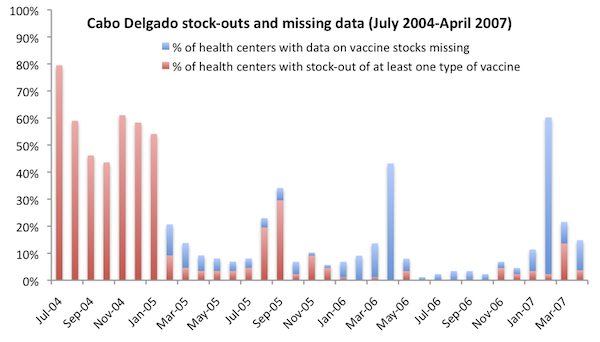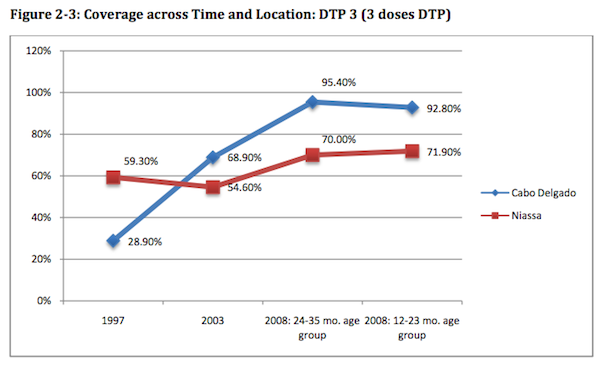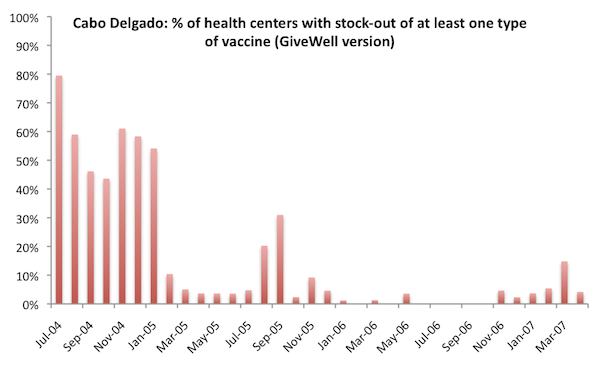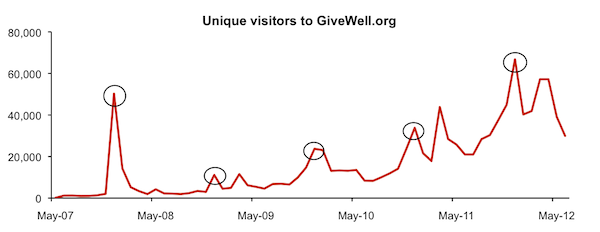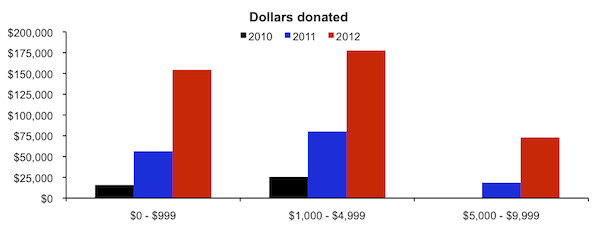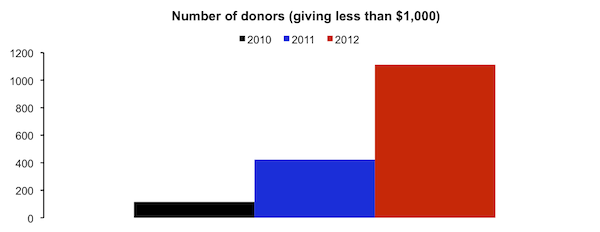We recently sat down for a conversation with Bill Easterly, on the subject of how to improve the value-added of academic research. Prof. Easterly posted highlights from our public notes from the conversation; we thought we’d share our thoughts on his views.
Points of agreement: we believe we agree with Prof. Easterly on many core points.
- We are generally highly skeptical of “top-down” interventions. We believe such interventions have many more ways to fail than to succeed, and we generally find “evidence of effectiveness” to have more holes in it and to be less convincing than others find it to be.
- We agree that, all else equal, “Markets and democracy are better feedback mechanisms than RCTs [randomized controlled trials].” We believe there are cases where markets and democracy fail and aid can provide help that they can’t, and would guess that Prof. Easterly agrees on this as well.
- We agree that what Prof. Easterly calls “dissidents” play a positive and valuable role.
Points of possible disagreement.
- We don’t believe in a “first, do no harm” rule for aid. Instead, we try to maximize “expected good accomplished.” It is easy to overestimate benefits and underestimate possible harms, and we try to be highly attentive to this issue, but we believe that it isn’t practical to eliminate all risks of doing harm, and putting too high a priority on “avoiding harm” would cause aid to do less good overall.
- Prof. Easterly observes, “a lot of things that people think will benefit poor people… {are things} that poor people are unwilling to buy for even a few pennies … The philosophy behind this is that poor people are irrational. That could be the right answer, but I think that we should do more research on the topic.” We have some sympathy with this view and agree that more evidence would be welcome, but we are probably less hesitant than Prof. Easterly is to conclude that people simply undervalue things like insecticide-treated nets. Brett Keller observes that irrationality about one’s health is common in the developed world. In the developing world, there are substantial additional obstacles to properly valuing medical interventions such as lack of the education and access necessary to even review the evidence. The effects of something like bednets (estimated at one child death averted for every ~200 children protected) aren’t necessarily easy for recipients to notice or quantify.We’ve previously published some additional reasons to provide proven health interventions rather than taking households’ choices as the final word on what’s best for them.
- We believe that empowering locals to choose their own aid is much harder in practice than it may sound – and that the best way to achieve the underlying goal may well be to deliver proven health interventions. We’ve argued this point previously.
Bottom line: much of our differing viewpoints may be attributed to differences in how we see our roles. Prof. Easterly appears to see himself as a “dissident”; his role is to challenge the way things are done without recommending a particular course of action. We see ourselves as advisors to donors, helping them to give as well as possible today. So while we share many of Prof. Easterly’s concerns – and would be highly open to new approaches to addressing these concerns – we’re also in the mindset of moving forward based on the best evidence and arguments available at the moment. In our view, this currently means recommending our top charities. However, someone who puts more weight on Prof. Easterly’s concerns may consider donating to GiveDirectly instead, which is aiming to avoid prescriptive aid by giving cash.

